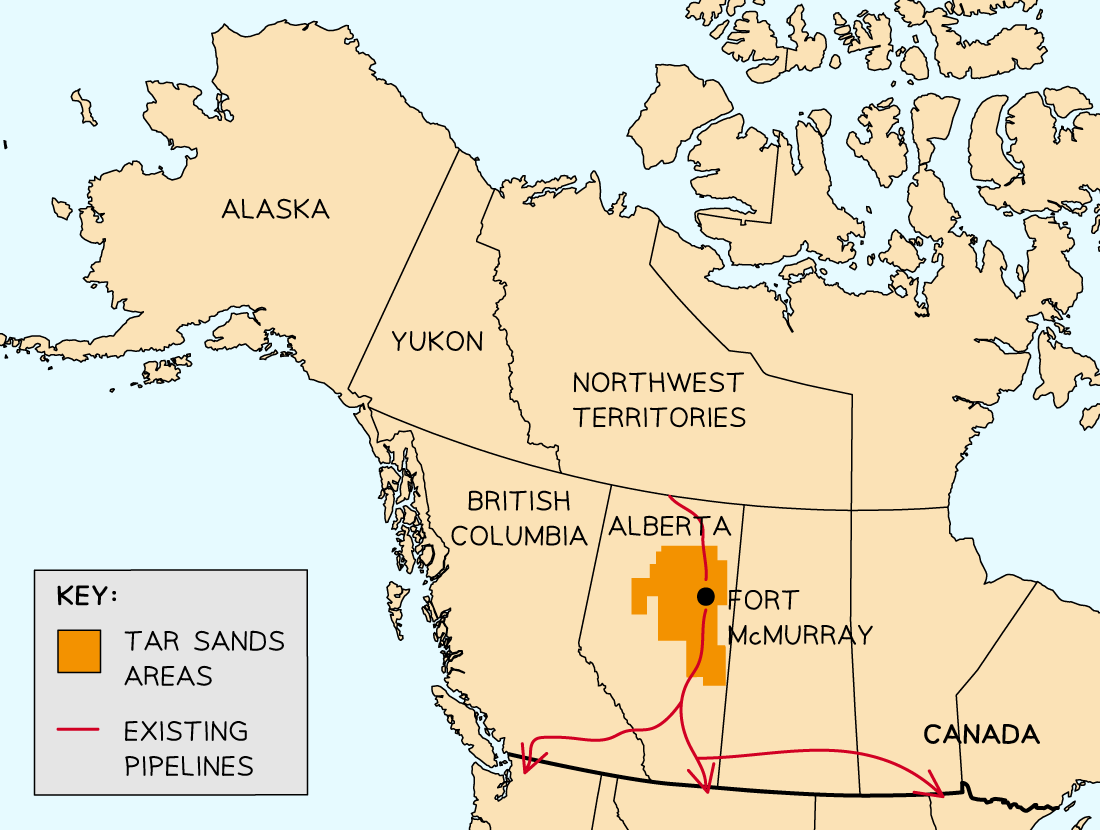Developing New Oil & Gas Sources
- To meet the demand for energy new oil and gas sources are being developed
- It also includes drilling for oil and gas in increasingly difficult and dangerous environments including:
- Extreme cold - Arctic
- Extreme heat - deserts
- Deep water drilling such as Deepwater Horizon in the Gulf of Mexico and in the Chayvo field in Russia
Arctic
- The Arctic region supplies 10% of the world's oil and 25% of its gas
- Approximately 25-30% of the Earth's remaining gas and oil reserves are in the Arctic region
- The costs of exploration are high but oil and gas profits are at an all time high so they have money to invest
- Technological improvements mean that:
- Finding oil and gas reserves is easier and quicker
- Drilling can take place in areas that were previously too cold or under deep seas
- It is now possible to transport gas to a liquid for easier transport through liquefaction
- The melting of permafrost due to global warming has also increased the accessibility of oil and gas reserves
- There are disputes over which countries have the rights to which areas
- Russian oil companies have been drilling for oil for over ten years
- Gazprom announced recent success drilling in the Kara sea and Barents Sea
Benefits
- Exploration of new areas creates many jobs and boosts the economy
- Oil sales enable countries such as Norway to invest in social benefits/childcare
- Education and care of the elderly are also funded in part through the sale of oil and gas
- Gas and oil are abundant
- The US government is extracting oil from the oilfields near Prudhoe Bay, Alaska
- Over 50% of Alaska's income comes from oil and gas

Russian drilling and exploration sites in the Arctic
Costs
- Damage to Arctic fisheries and impact on the way of life of indigenous communities
- Increased potential for oil spills
- 21,000 tonnes of oil spilt into the Ambarnaya river and surrounding subsoil
- 1989 Exxon Valdez oil spill in Alaska
- Oil spills will impact on many animals including whales, seals, polar bears, birds and whales
- Heat from the terminal buildings, workers homes and transport to and from the oil fields has led to permafrost melt and buildings subsiding
Worked example
Study Figure 1

Explain two social benefits for Norway's people from selling its oil
(4 marks)
- These must be social benefits they cannot be just 'services'
Answer:
- Maintains a generous welfare system/maternity/childcare benefits (1) by selling most (85%) of its oil (1)
- Support for its ageing population (1) comes from SWF’s global investments / 9,000 part-owned TNCs (1)
- Norway’s 1 HDI ranking shows it must be benefiting socially (1) through education and health funding (1)
- Norway can afford generous childcare payments (1) giving parents to choice to work if they want to (1)





